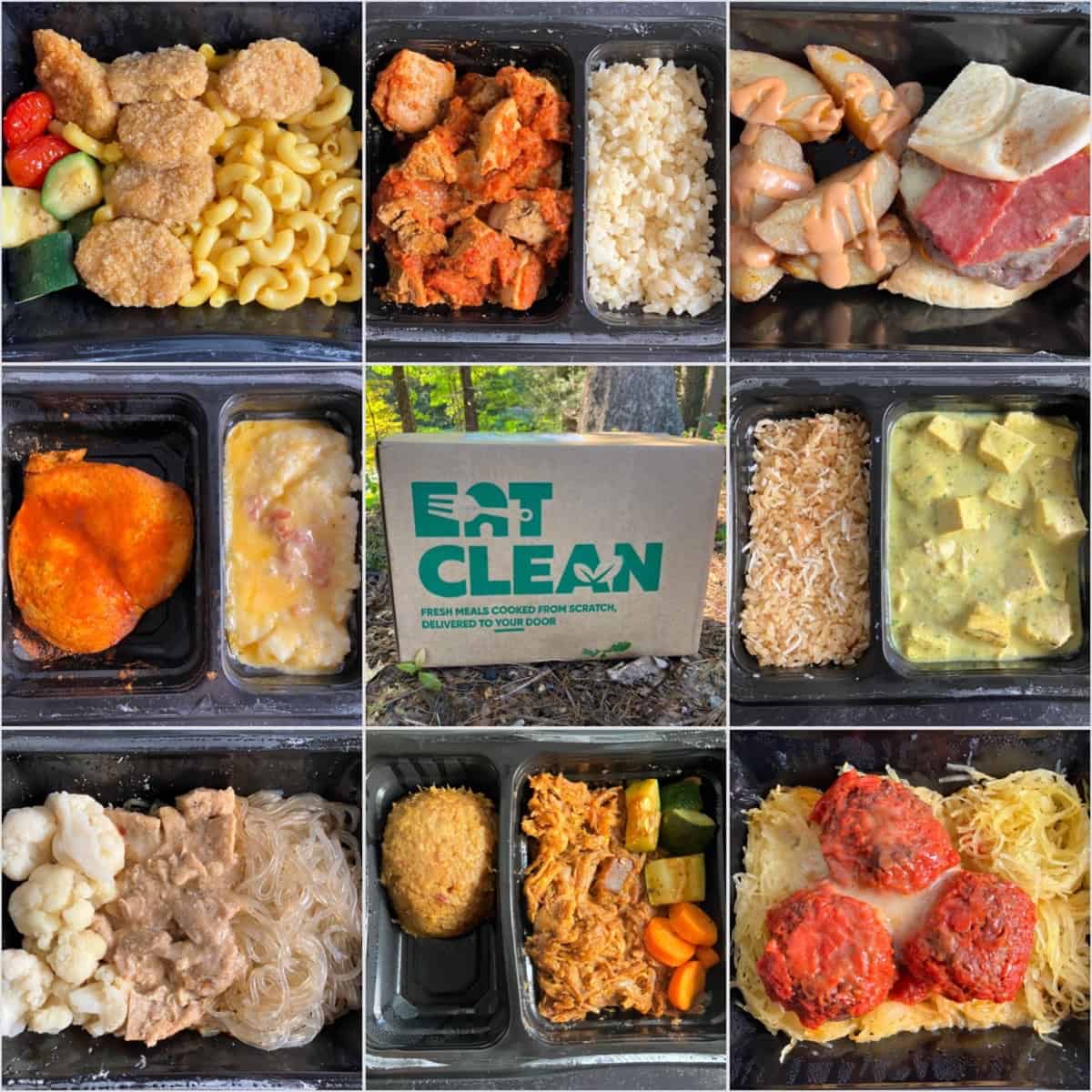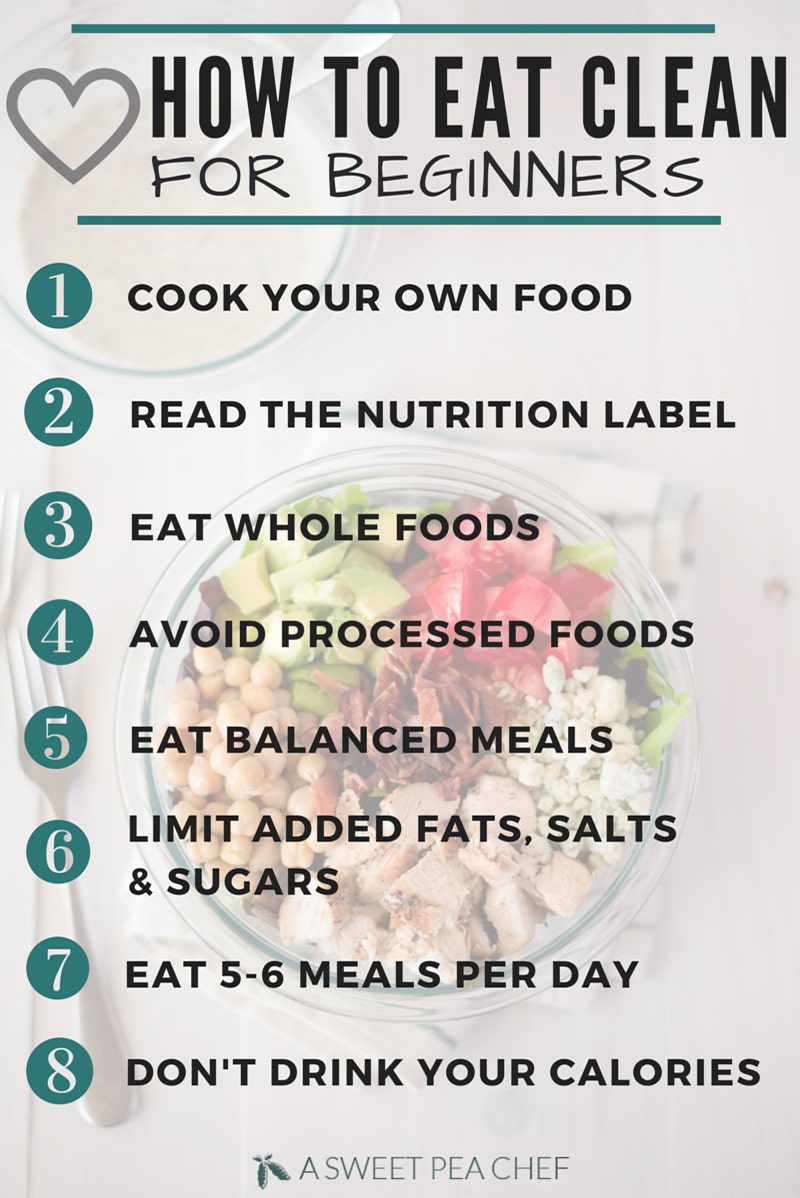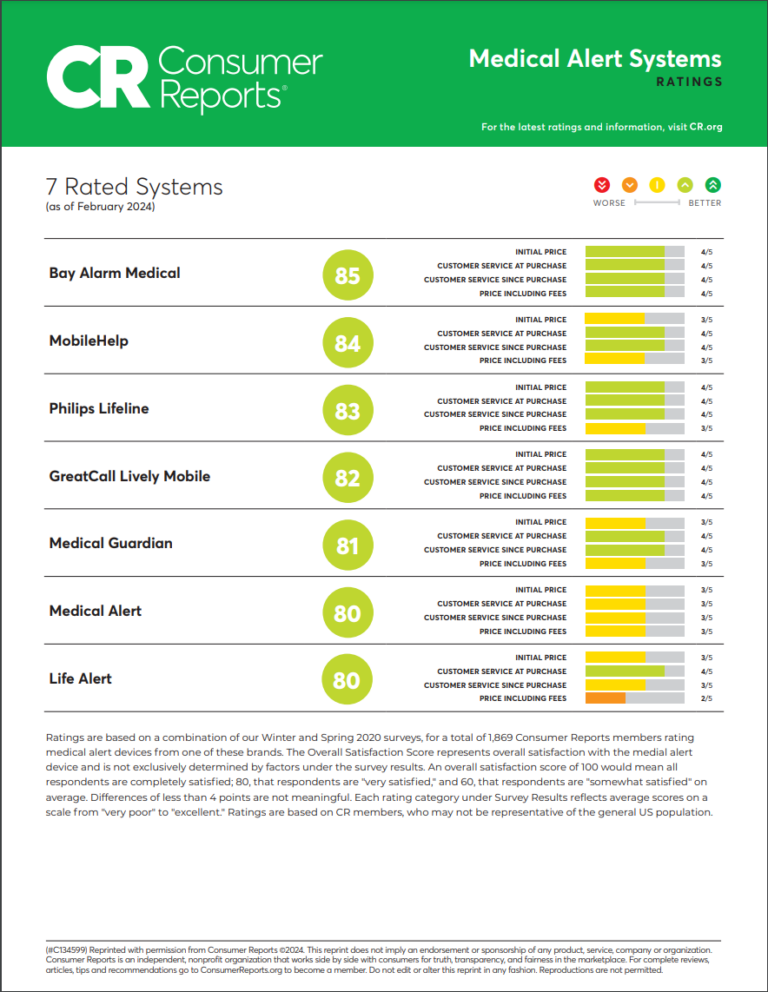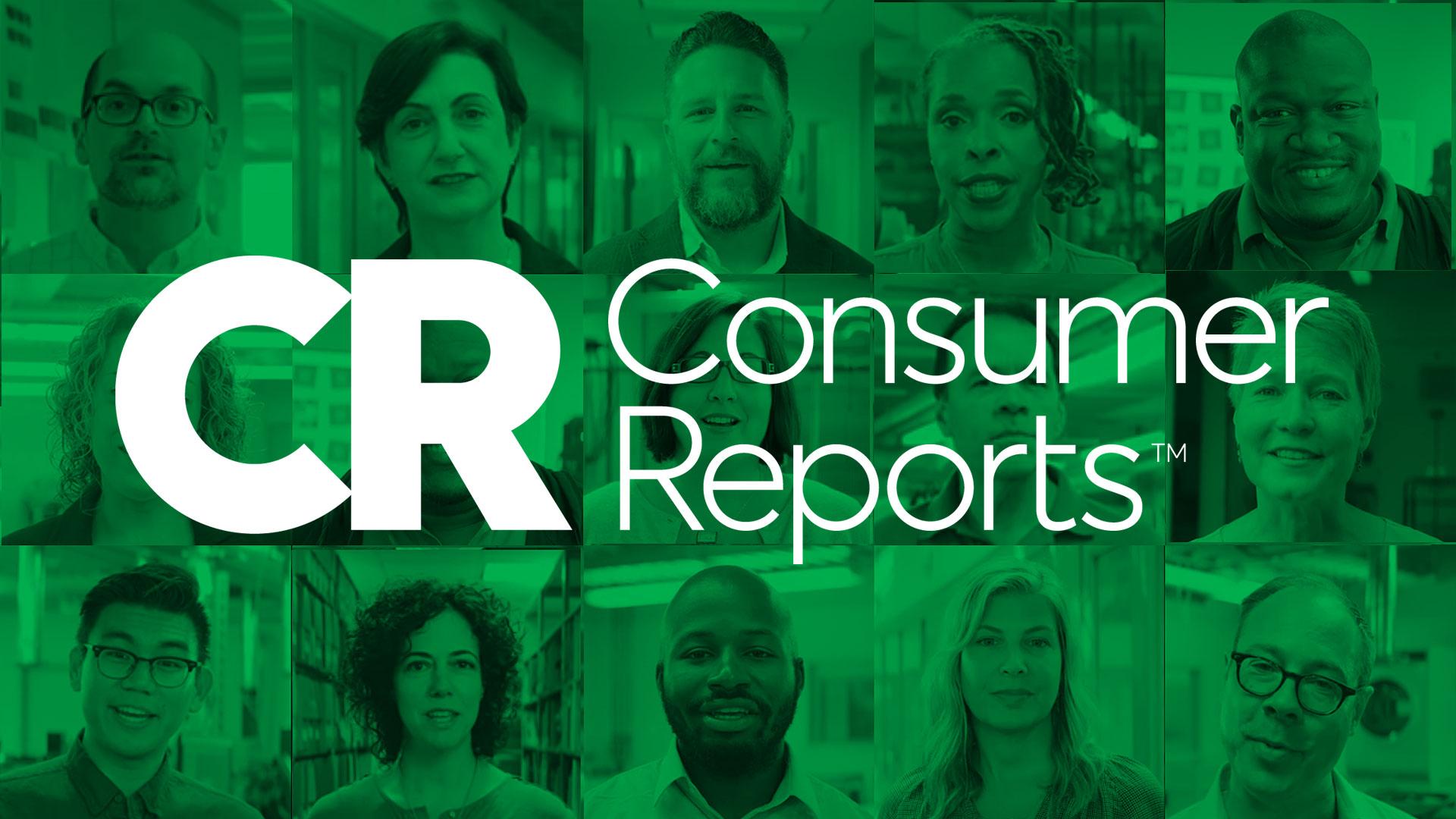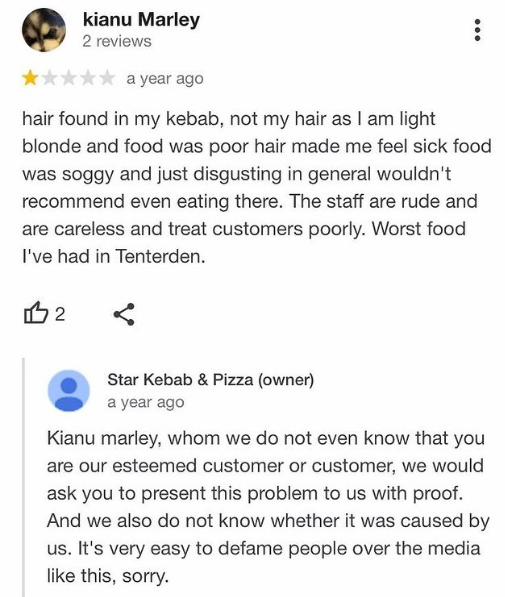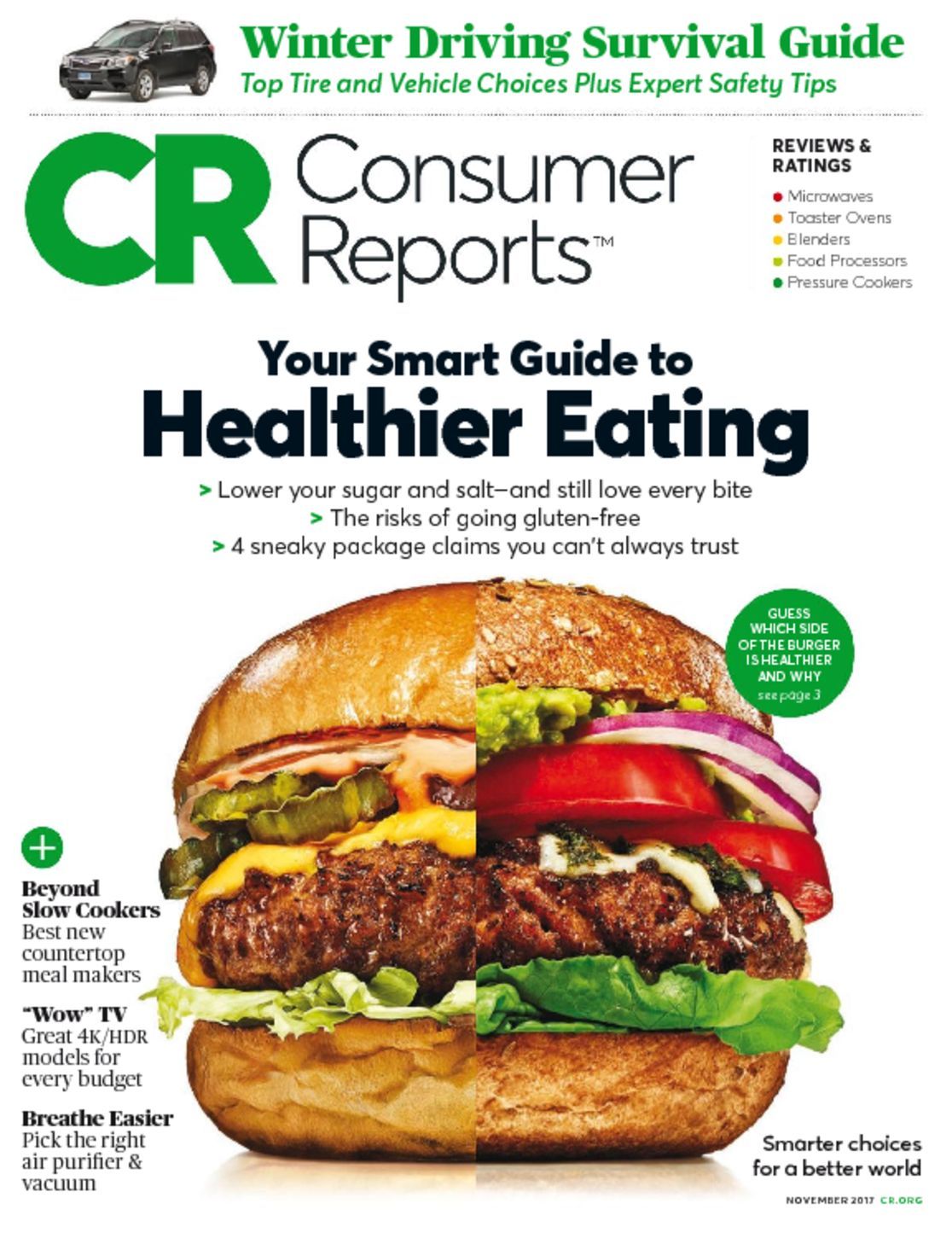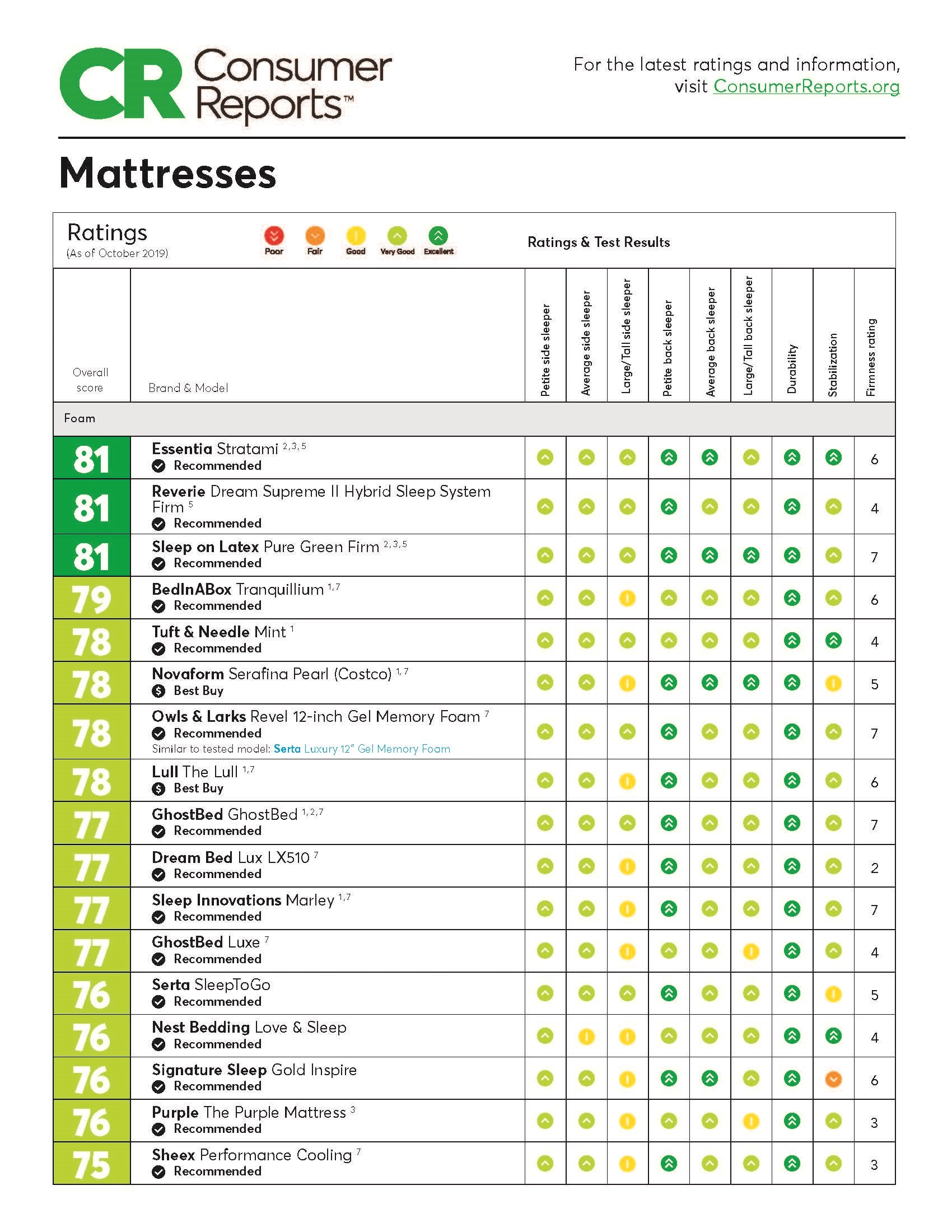Eat Cleaner Reviews Complaints Consumer Reports

In an era increasingly defined by health consciousness and anxieties over food safety, Eat Cleaner, a line of products promising to remove pesticide residue and contaminants from produce, has garnered significant attention. While lauded by some for its potential benefits, the brand has also faced its share of scrutiny, raising questions about its efficacy and the validity of its marketing claims.
This article delves into the landscape of Eat Cleaner reviews, complaints, and consumer reports, aiming to provide a balanced assessment of the product line. We will explore the scientific basis behind the product's claims, analyze consumer feedback, and examine any independent testing or evaluations conducted by organizations such as Consumer Reports.
What is Eat Cleaner?
Eat Cleaner is a brand that produces washes and wipes designed to remove wax, soil, and pesticide residues from fruits and vegetables. The products are marketed as a way to enhance food safety and reduce exposure to potentially harmful substances. The core ingredients typically include surfactants, buffering agents, and chelating agents, all designed to lift contaminants from the surface of produce.
Efficacy Claims and Scientific Backing
Eat Cleaner bases its claims on in-house testing and studies, asserting a significant reduction in pesticide residues compared to rinsing with water alone. However, independent verification of these claims remains a critical point of evaluation. Understanding the methodology and scope of these tests is essential in determining the product's true effectiveness.
The challenge lies in the complexity of pesticide residue testing. Different pesticides react differently, and removal rates can vary depending on the type of produce, the method of application, and the duration of exposure to the cleaning solution.
Consumer Reviews: A Mixed Bag
Consumer reviews of Eat Cleaner products are varied, reflecting a spectrum of experiences. Some users express strong satisfaction, citing a perceived improvement in the taste and cleanliness of their produce.
Others remain skeptical, questioning whether the added cost justifies the benefits over thorough rinsing with water. Still others have raised concerns about lingering odors or potential allergic reactions to the product’s ingredients.
Online platforms and social media channels are filled with both positive testimonials and critical feedback. These anecdotal accounts, while not scientific evidence, provide valuable insights into real-world usage and perceived value.
Complaints and Concerns
A common complaint revolves around the cost-effectiveness of Eat Cleaner products. Consumers often question whether the marginal benefit of using the product justifies the expense compared to simple washing techniques.
Another concern centers on the lack of long-term studies assessing the potential health effects of prolonged exposure to the product's ingredients. While generally regarded as safe for consumption after rinsing, some users remain cautious about potential residues.
Some consumers have reported experiencing digestive issues or allergic reactions, although these cases appear to be relatively rare. It is important to note that individual sensitivities to specific ingredients can vary widely.
Consumer Reports and Independent Testing
As of the current date, Consumer Reports has not published a comprehensive, independent review of Eat Cleaner products. This absence of independent validation from a trusted source leaves a gap in the overall assessment of the product's efficacy.
The lack of independent testing makes it difficult to definitively compare Eat Cleaner’s performance against other methods of produce cleaning or to assess the validity of its claims. It also underlines the importance of relying on multiple sources of information when evaluating such products.
The Role of Regulatory Agencies
Regulatory agencies such as the Environmental Protection Agency (EPA) play a role in overseeing pesticide use and residue levels in food. While they do not specifically endorse or certify produce washes, their guidelines on safe pesticide levels provide a benchmark for evaluating the effectiveness of such products.
Alternative Methods for Cleaning Produce
Beyond specialized products like Eat Cleaner, several alternative methods exist for cleaning produce. These include rinsing under running water, using a scrub brush to remove surface dirt, and soaking in a diluted vinegar solution.
The effectiveness of each method can vary depending on the type of produce and the nature of the contaminants. Thorough rinsing remains a fundamental step in ensuring food safety.
The Food and Drug Administration (FDA) recommends washing fruits and vegetables under running water, even if you plan to peel them. This helps prevent the transfer of dirt and contaminants to the edible portion of the produce.
Looking Ahead: Future Research and Transparency
Moving forward, greater transparency from Eat Cleaner regarding its testing methodologies and data would be beneficial. Sharing detailed information about the types of pesticides tested, the produce varieties used, and the testing protocols employed would enhance consumer confidence.
Independent research and validation from reputable organizations like Consumer Reports are also crucial in providing an unbiased assessment of the product's efficacy. Such studies would help consumers make informed decisions based on scientific evidence rather than marketing claims.
The demand for food safety solutions is likely to continue growing. Therefore, the onus is on companies like Eat Cleaner to substantiate their claims with robust scientific evidence and to maintain transparency in their communication with consumers. The future of produce cleaning relies on consumer trust, scientific validation, and regulatory oversight to meet those demands.
